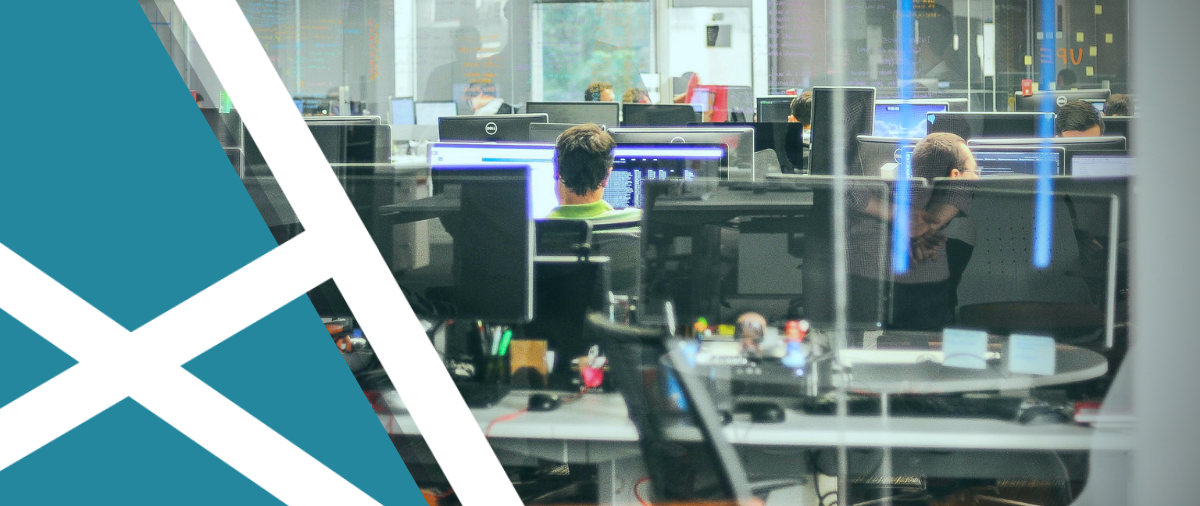Although the global financial services industry continues to expand, firms across the industry nonetheless face pressure on profitability. Competition is fierce and margins are thinning. The COVID-19 pandemic has increased this strain, and firms are continuously looking for ways to expand their businesses and strengthen their balance sheets while reducing expenditures. One of the most popular ways to cut costs is by outsourcing support functions that don’t generate revenue. Outsourcing middle- and back-office functions and compliance, for example, can increase a firm’s efficiency and scalability while lowering costs substantially. Firms can focus on the core activities that generate revenue and, in many cases, even enjoy tax advantages as certain expenses move from CAPEX to OPEX.
Outsourcing entails risk and doesn’t reduce responsibility
While the benefits of outsourcing are undeniable, using third-party vendors to run middle and back-office operations comes with a significant level of risk. Firms remain liable for the actions of the vendors they hire and thus have a legal, as well as common-sense, responsibility to supervise outsourced activities. Third-party relationships require meticulous and ongoing compliance reviews as part of the supervisory process. However, many firms outsource compliance functions as well. When outsourcing any function, from trade processing to fund accounting to compliance, due diligence and transparency are essential to know the vendor and accurately assess risk exposure.
Software can play an important role in oversight
Software and analytics can play a significant role in monitoring third-party providers. Consider, for example, the fund administrator who reconciles holdings with custody and broker records and settles daily purchases and sales. The vendor may provide complete transparency concerning data, but the question remains regarding the data accuracy. Some firms go so far as to exert shadow control by using a second administrator to check the work. The second level of control becomes increasingly important as firms expand and the volume of data multiplies. Simply delegating tasks to an outsourced provider doesn’t ensure accuracy.
SaaS solutions that aggregate data from multiple sources for management and analysis offer one way to verify a fund administrator’s work and maintain a higher level of control over quality. Importantly, implementing a SaaS solution is a more cost-efficient way to exercise control over the provider and offers a similar, or even superior, level of accuracy compared with engaging a second vendor. Given that clients are increasingly concerned about the controls investment managers and brokers employ to ensure accuracy and security, interest in software-based solutions is rising.
Outsourcing compliance doesn’t include outsourcing oversight
The regulatory burden on financial services companies is ever-growing, and the complexity of the regulatory environment has significantly increased the cost of doing business. For many firms, leveraging external providers and consultants enhances the ability to cost-effectively carry out many compliance functions. A 2018 report from Thomson Reuters found that nearly a quarter of financial firms outsource compliance functions to third parties.
However, even when the compliance function is outsourced, the legal responsibility for complying with regulatory guidelines is not. What that means is that every firm needs to maintain the internal capability and expertise to manage outsourced compliance. Many legal and anti-money laundering functions are also outsourced, and the same level of responsibility applies.
As with fund administration, firms can leverage technology and software solutions that harness data management and analytics to ensure accurate data collection and reporting, trend analysis, and predictive modeling. Regular spot checks can help confirm that the vendor is performing appropriately.
When back- and middle-office functions, including trade flow, reporting allocations, workflow, and more, are outsourced, SaaS solutions can also provide the type of reporting to ensure that functions are carried out correctly. Software solutions can, for example, generate reports on returns, NAV, trade breaks, trade allocations, and more. This information can be compared with reporting from vendors to confirm accuracy.
You can’t be too careful
Any competent and reputable vendor should freely offer transparency in all of their business processes. But any vendor, just like the best of us, can make an error. And mistakes, no matter how innocent, can expose firms to significant risk. As our Russian friends (and Ronald Reagan) would say, dvoeryai, no poveryai. Trust but verify. With cutting-edge and cost-effective SaaS solutions to make it easy, there’s no reason not to do it.
___
About the Author
Rebecca Baldridge, CFA, is an investment professional and financial writer with more than 20 years of experience in creating content and research for asset managers, investment banks, brokers and other financial services clients. She’s worked for some of the biggest names in the industry, including Merrill Lynch Asset Management, JP Morgan Asset Management, BNY Mellon and Franklin Templeton. Rebecca also spent 9 years as an analyst and director of equity research in Moscow, working for several Russian banks. In late 2019, she founded Quartet Communications, a boutique communications firm serving financial services clients. Her writing has been published in outlets including Pensions & Investments, MSNBC.com, Inc. magazine, and Investopedia.com. She holds a B.A. in Russian from Purdue University and an M.S. in Finance from the Krannert Graduate School of Management at Purdue.
